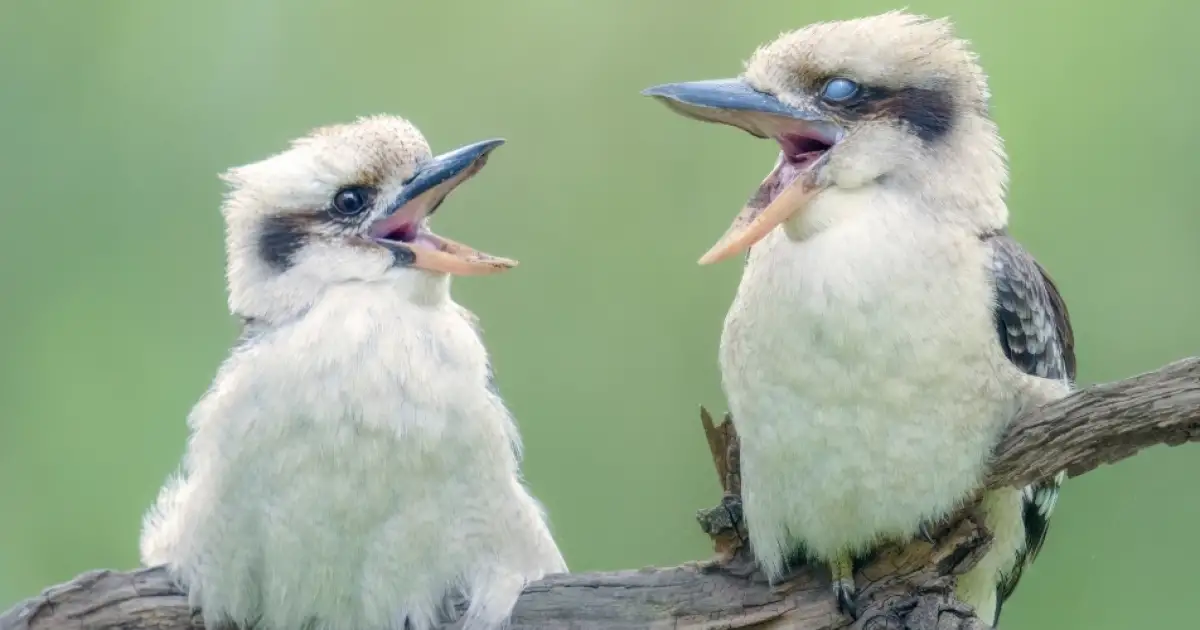
Discover how kookaburras, black cockatoos and ants forecast Aussie weather. Explore lore meets science, spot the signs and plan your day.
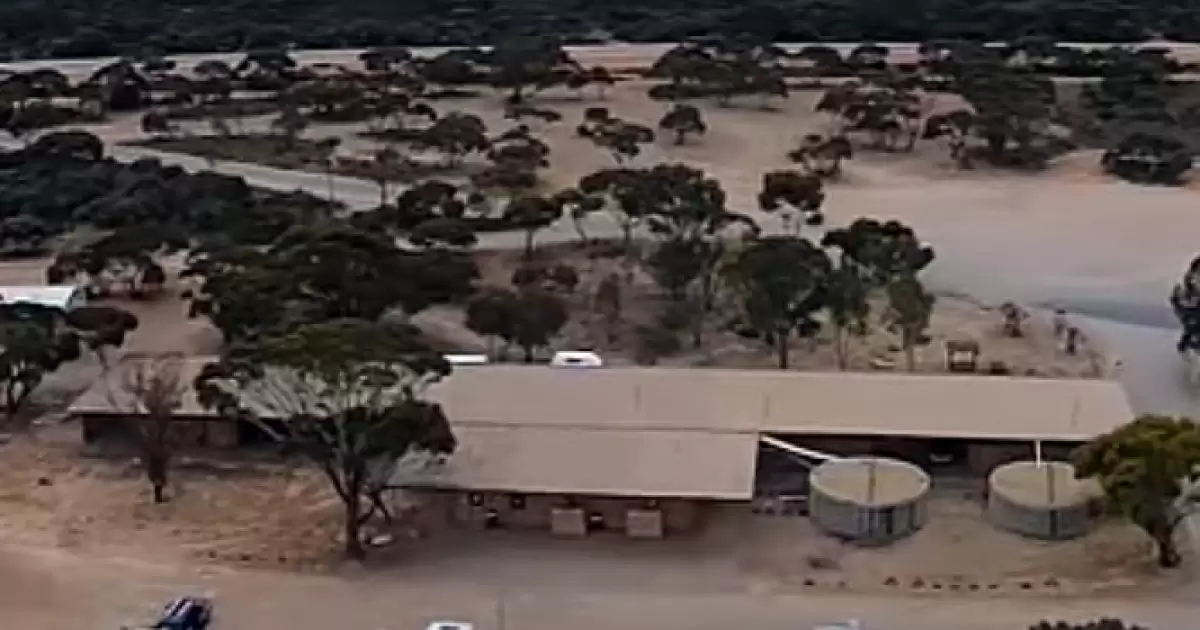
Caiguna, aboriginal for 'spear track' is located 182 kilometres east of Balladonia and 64 kilometres west of Cocklebiddy.
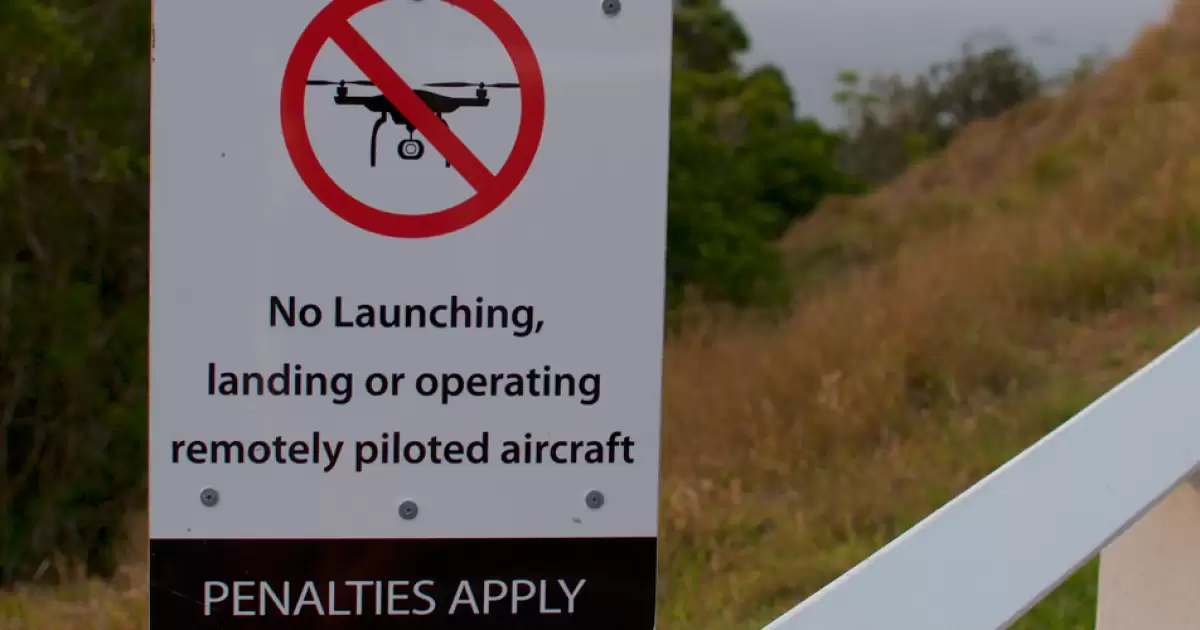
Join the ranks of Australia's droning enthusiasts and experience the thrill for yourself!
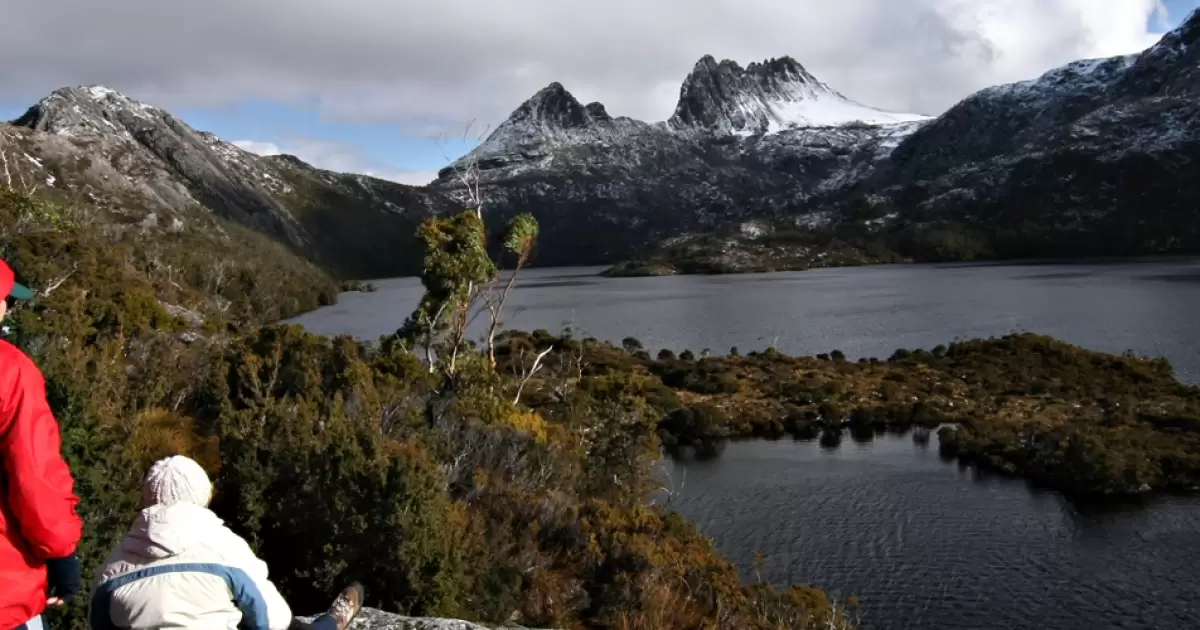
Tasmania is a treasure trove of natural wonders with Cradle Mountain being its crown jewel.
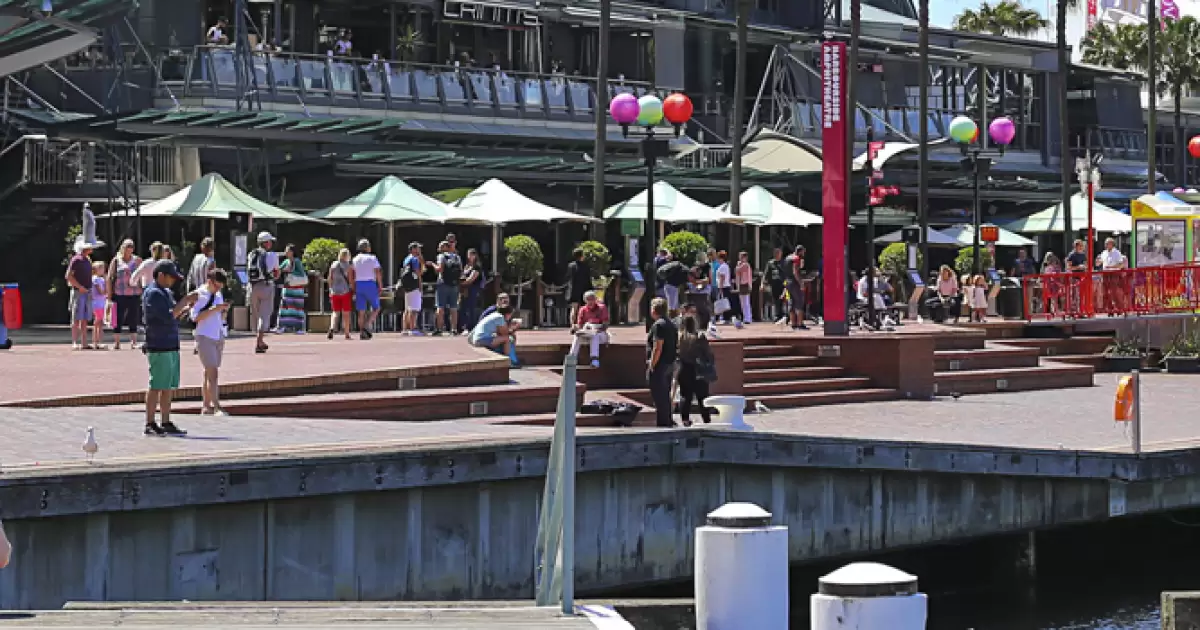
Darling Harbour is situated on western outskirts of the Sydney CBD with activities and things to do for most tastes and people.
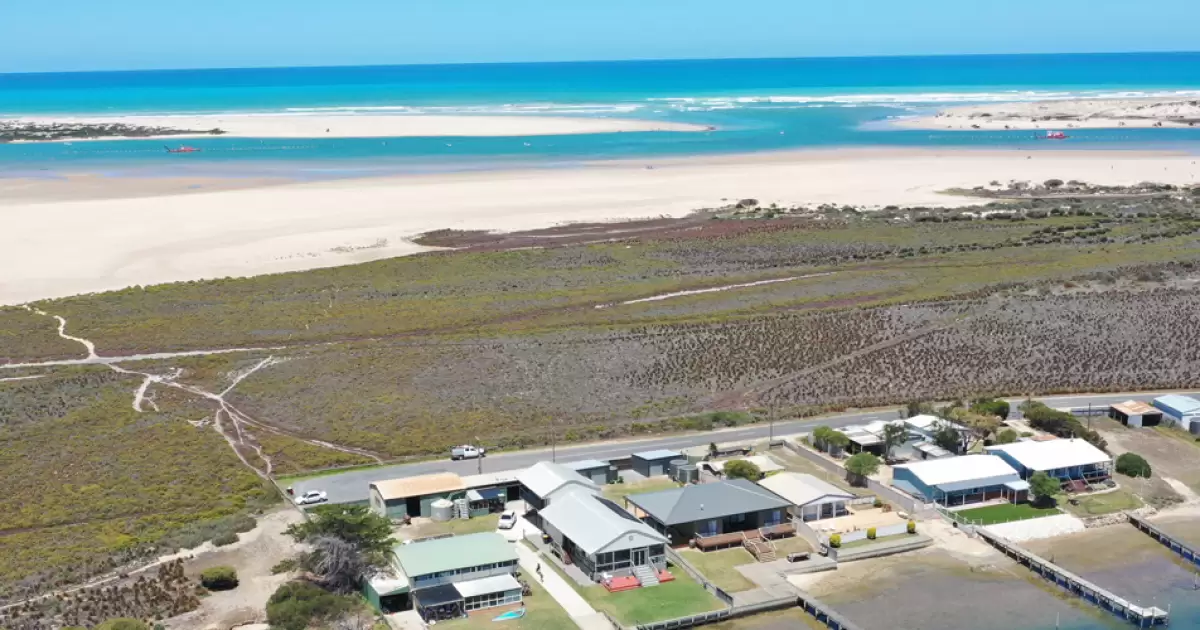
The island is one of South Australia's best-kept secrets, offering a serene charm that is sure to captivate any traveler.
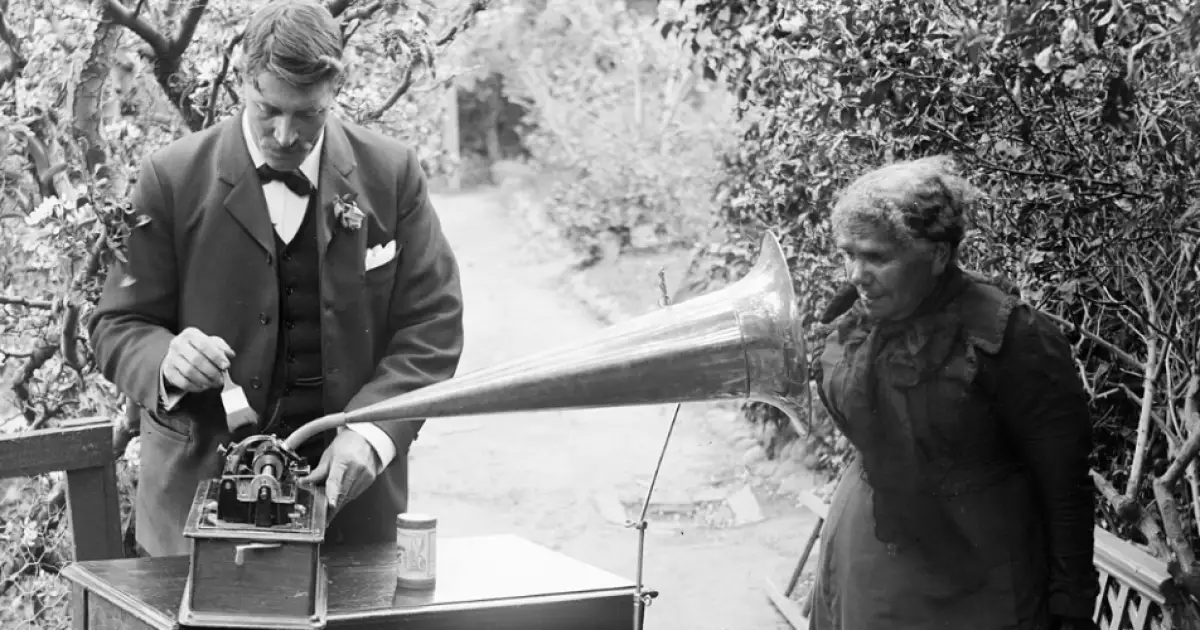
Keeper of Aboriginal Culture
Learn about Fanny Cochrane Smith, a proud Aboriginal Tasmanian, her recordings of Aboriginal songs, and her enduring legacy in Australian history.

A CB radio means you can communicate with other vehicles and with emergency services almost anywhere.
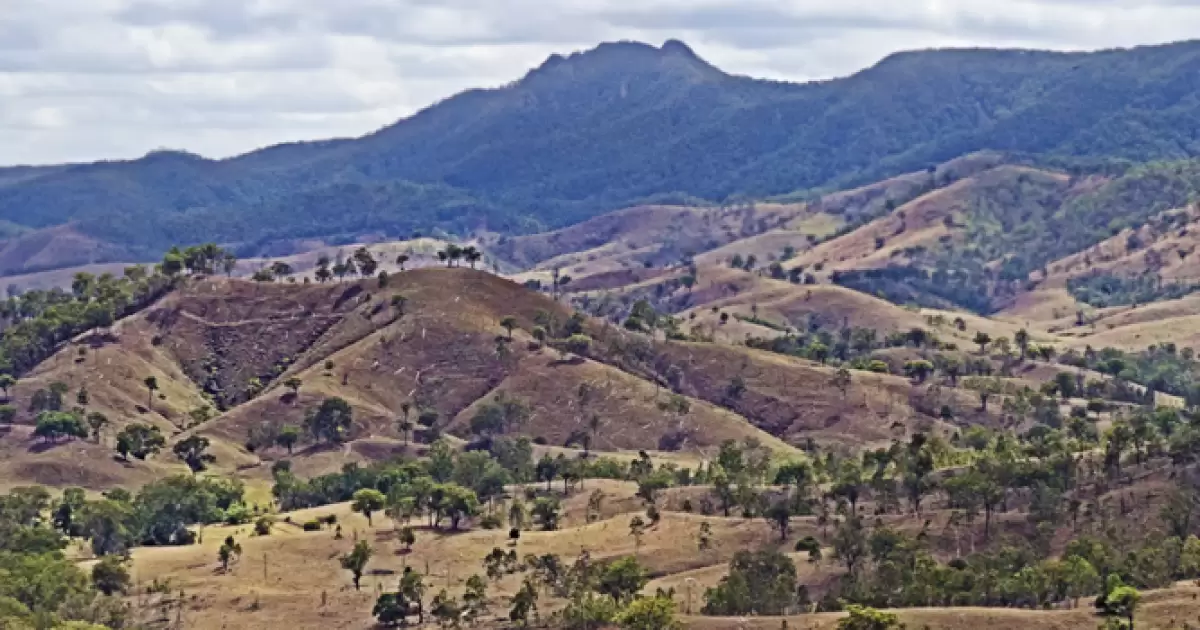
The Great Dividing Range is Australia's most impressive mountain range and the 3rd longest land-based range in the world.
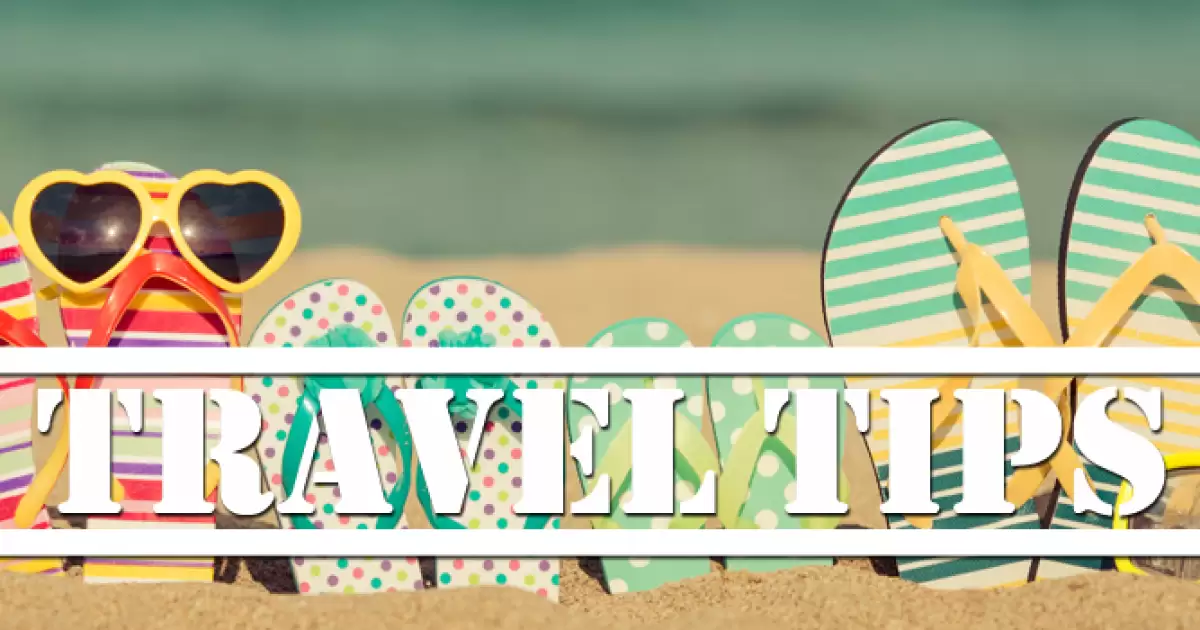
Travelling to Australia is a lot more fun if you know things to be aware of. Here we have covered some of those things, and included some useful links to aid you on your way.
